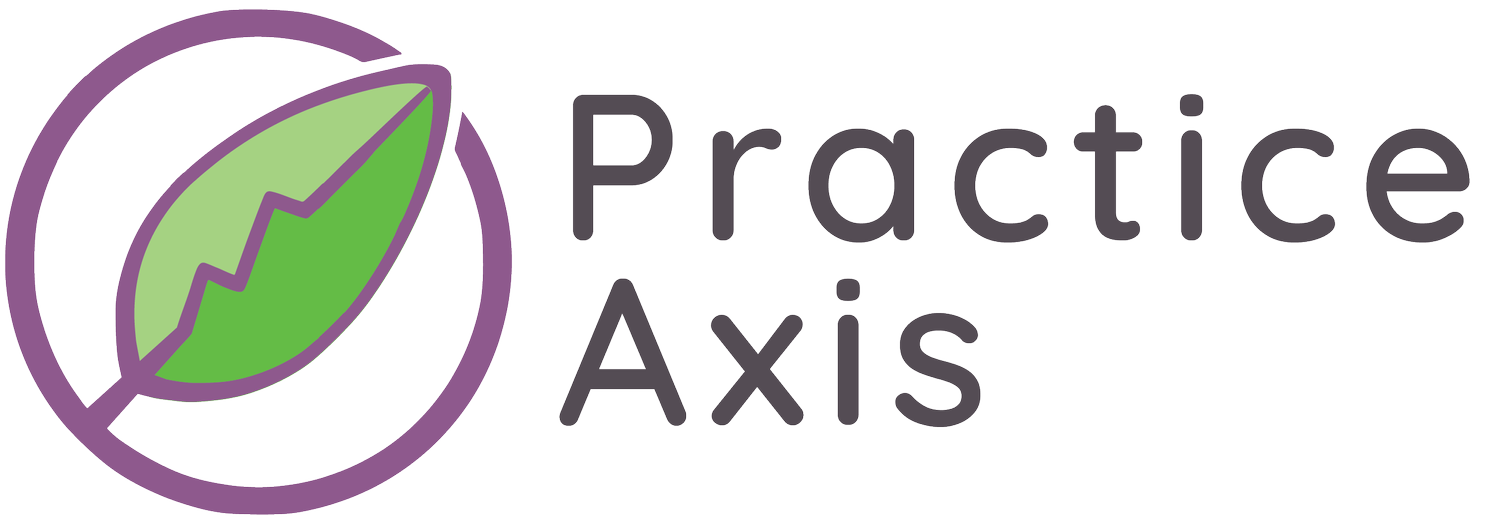Unresponsive Prospects? Let Your CRM System Do the Legwork
Imagine a bustling therapy practice with therapists and staff juggling a multitude of tasks: client sessions, paperwork, benefits checks, day-to-day operations, etc.
Maybe this is your therapy practice or practically all therapy practices these days.
And at the bottom of that to-do list is following up with prospects, which often feels like a tedious task, but an important one.
Well, the good news is that a CRM (customer relationship management) system can transform this chore into a streamlined, automated process, allowing you to cross it off your list and focus on what truly matters- providing therapy to as many clients as you can.
Let's explore how CRM automations can work its magic at your practice through some examples.
Example 1: The Timely Outreach
One of the most significant advantages of a CRM system is its ability to ensure timely follow-ups without fail. Let's say a new prospect inquires about your therapy services. With CRM automations, you can schedule a series of follow-up emails and reminders that will be sent at specific intervals. For instance:
Send an initial acknowledgement email immediately after the inquiry to let them know you’ll be in touch within a guaranteed time interval (be sure to choose one that is realistic for your practice so you set the right expectations).
Follow up with an informative email a week later, highlighting your practice's unique benefits and services.
Continue nurturing the relationship with a personalized email two weeks after that, perhaps including client testimonials or success stories.
With these automated sequences in place, you don't need to worry about forgetting to reach out or losing prospects in the process. The CRM system takes care of it, ensuring your communication remains consistent and timely.
Example 2: Personalization at Scale
Each prospect is unique, and your approach should reflect that. A CRM system allows you to segment your prospects based on various criteria, such as their interests, location, or clinical need. Here's how this personalization can work in practice:
Let's say your CRM system classifies prospects into two main categories: adults seeking individual therapy and couples seeking relationship counseling. With automation, you can create separate email campaigns tailored to each group.
For individual therapy prospects, you send content that addresses personal growth, coping strategies, and self-improvement.
For couples seeking relationship counseling, you send content focused on communication skills, conflict resolution, and strengthening partnerships.
By personalizing your follow-up emails at scale, you demonstrate a deep understanding of your prospects' needs and increase the chances of resonating with them.
Example 3: Data-Driven Insights
Your CRM system is not just a communication tool; it's a data powerhouse. It provides valuable insights on your prospects, their intake journey and your practice, enabling you to make data-driven decisions. Here's how it can work in your favor:
As prospects enter your intake system, your CRM system diligently tracks their journey, revealing when and why prospects become unresponsive. Suppose data shows that many prospects drop off after the welcome call.
This insight prompts you to analyze the messaging and timing of your welcome call. Are prospects overwhelmed by the information provided during the call? Is the call delayed, leaving them disengaged?
With automation, you can take the following steps to improve the process:
Refine the messaging during the welcome call, ensuring that prospects feel comfortable and informed, without being overwhelmed.
Implement automated reminders and scheduling for welcome calls to reduce delays and maintain prospect interest.
This data-driven approach optimizes your intake process. The result? Fewer prospects becoming unresponsive, a smoother intake process, and a higher likelihood of converting them into clients.
So, is your practice ready for a shorter to-do list with the help of a CRM? Check out this quiz and find out!


